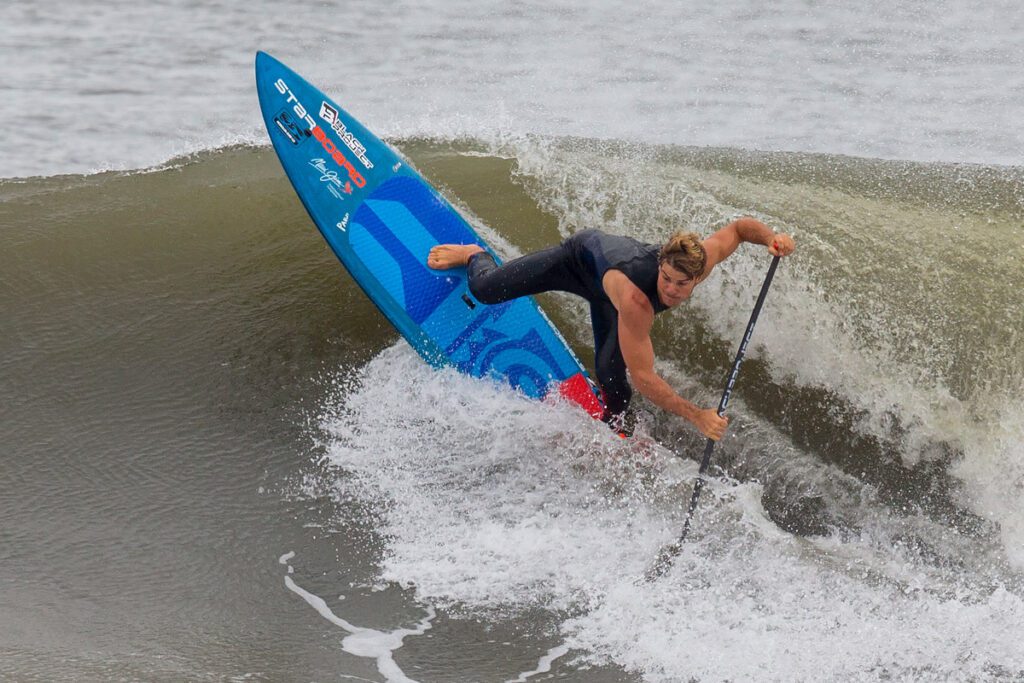Surfing requires strength, agility, balance and technical skills, but with proper equipment, technique and etiquette, anyone can learn to surf. The right surfboard, wetsuit, wax and leash are essential to ride waves safely. Lying in the right position on the board, paddling efficiently and balancing effectively helps catch and manoeuvre waves. Staying in the sweet spot of the wave provides maximum speed and control. Watching and learning from other surfers in the community is helpful, and following surfing etiquette like showing respect for other surfers, waiting for your turn and respecting the environment is important for a successful surfing experience.
Riding Waves with Surfing: Tips and Tricks
Introduction
Surfing is an exhilarating sport that requires strength, agility, balance, and technical skills. It involves riding waves on a board and requires a lot of practice to master. However, with the right tips and tricks, anyone can learn how to surf and ride the waves like a pro.
Equipment
Before you head out to the waves, you need to make sure you have the right equipment to help you ride them. You’ll need a surfboard that is suited to your skill level, body size and weight. Beginner surfboards usually have a lot of volume and are wider and thicker, allowing for more stability.
You’ll also need a wetsuit to protect you from the cold water and sunburn, plus wax to provide traction and grip on the board. Leashes are also important to keep your board close to you and prevent it from getting lost in the water.
Technique
Surfing requires a lot of technical skills, but with practice, you can master them. Here are some tips and tricks to help you ride the waves:
- Position on the board
- Paddle with efficiency
- Pop-up smoothly
- Balance on the board
- Position on the wave
- Learn from others
To get the most speed and control out of your surfboard, it’s important to find the right position on it. The general rule is to lie on your stomach on the board, with your head over the front end, and your feet hanging off the back end.
It’s crucial to paddle efficiently to catch waves and keep up speed. Use your arms to move your board forward, instead of your legs, as this will save your energy and increase your speed.
When you see a wave coming towards you, you need to get up quickly to catch it. To do this, place your hands on the board, under your shoulders, and push up while swinging your legs around.
Balancing on the board is essential for maintaining your speed and control. Keep your feet in line with your hips and shift your weight to turn or maneuver your board.
Try to position yourself on the wave where it is curling, but not crashing. This is the sweet spot where you can get the most speed and ride the wave for longer.
Surfing is a community of people who love the sport. Observe and learn from other surfers to pick up techniques and styles that work best for you.
Etiquette
Surfing has its rules and etiquette, just like any other sport. It’s important to follow these guidelines to avoid accidents and respect other surfers.
- Respect other surfers in the water
- Don’t drop-in
- Respect the environment
- Know your skill level
Don’t ditch your board, snake other surfers or steal their waves. Be courteous and communicate with other surfers to avoid collisions.
Dropping in means taking a wave that someone else is already surfing. This is not only rude but can also be dangerous. Always wait for your turn and don’t steal someone else’s wave.
Keep the beach clean and respect the marine life. Don’t litter or leave any trash behind, and be mindful of the animals in the water.
Surfing can be dangerous, especially if you’re not experienced enough. Don’t try to ride waves that are too big or fast, and don’t put yourself or others in danger.
Conclusion
Surfing is more than just a sport, it’s a lifestyle. It requires dedication, passion, and a good knowledge of technique, etiquette, and equipment. With the right tips and tricks, you can learn how to ride waves like a pro and enjoy the excitement and beauty of the ocean. Remember to respect other surfers and the environment, and never stop learning and improving your skills.
